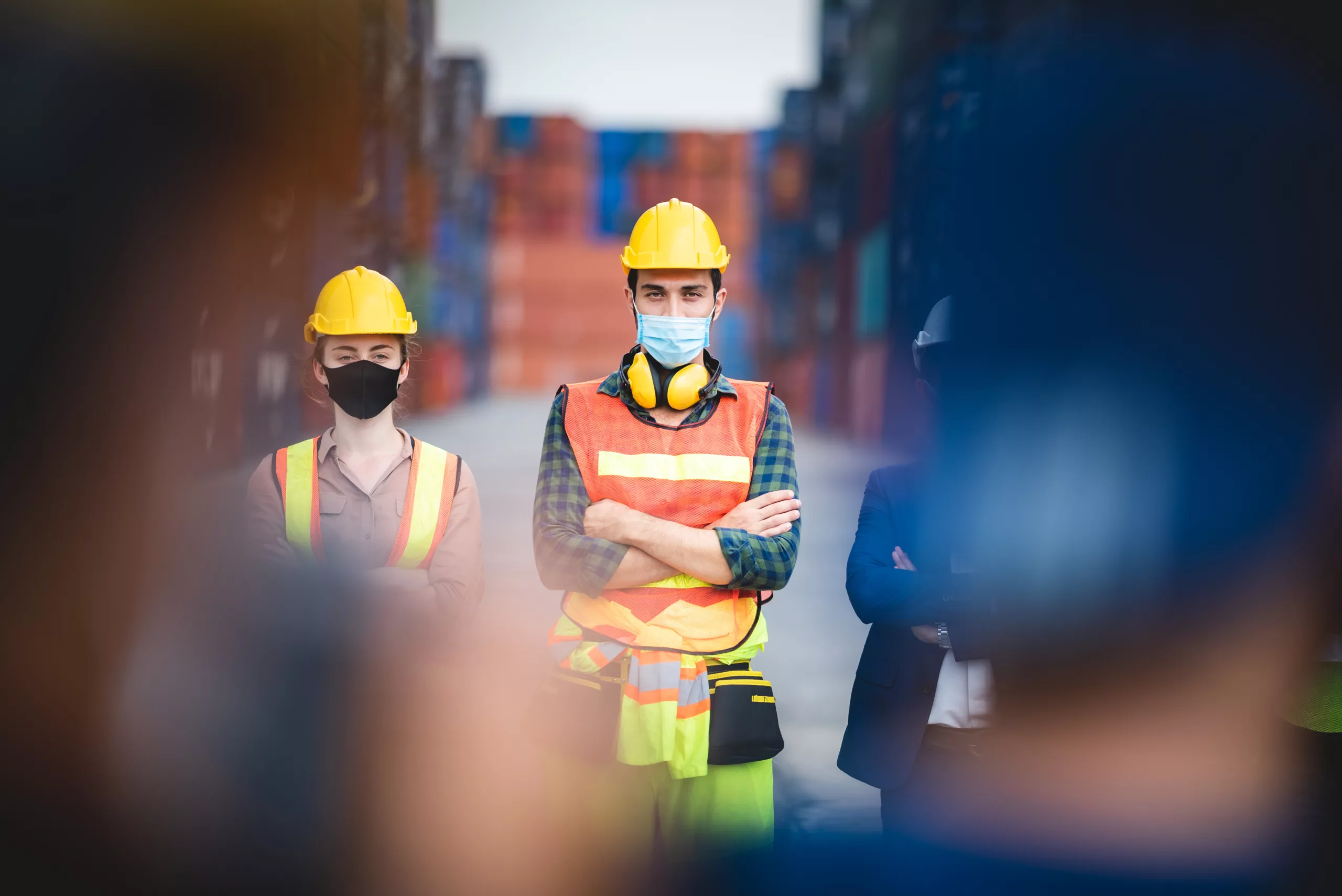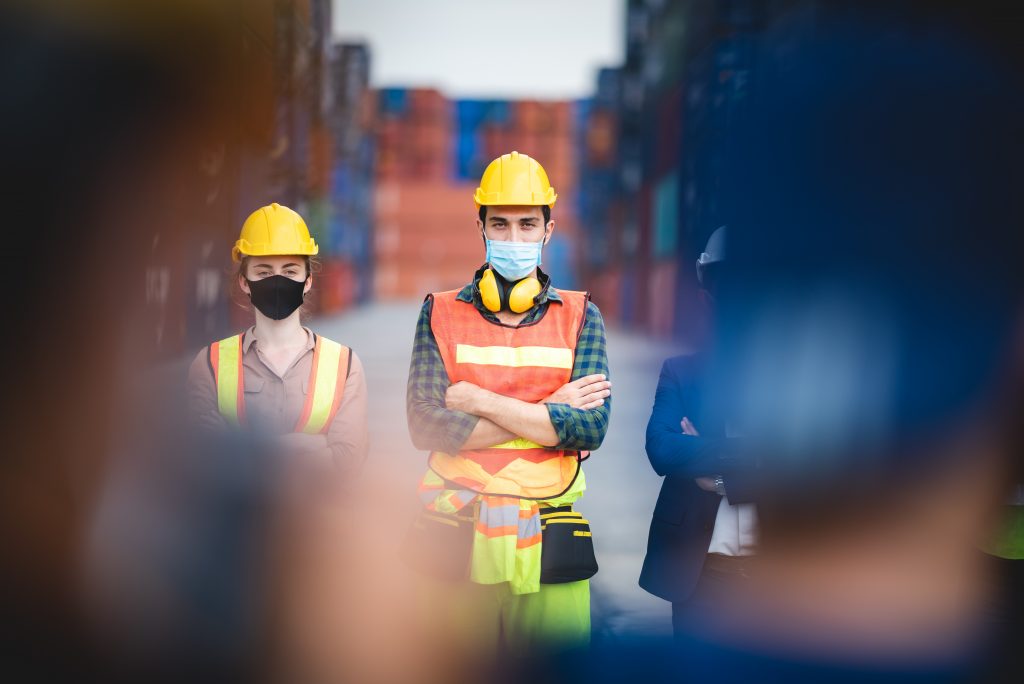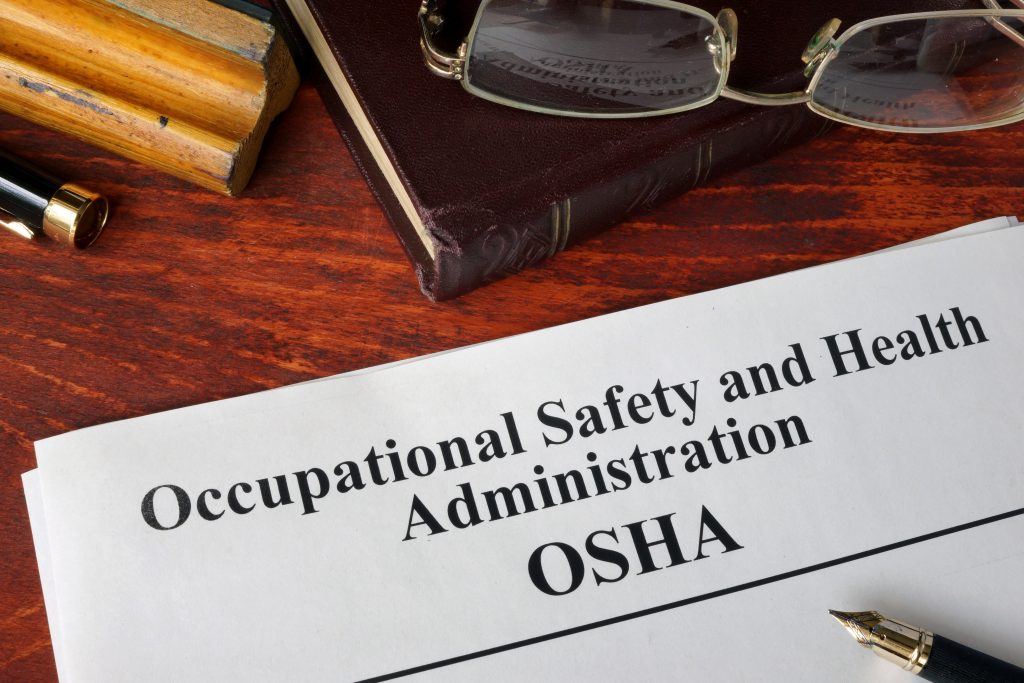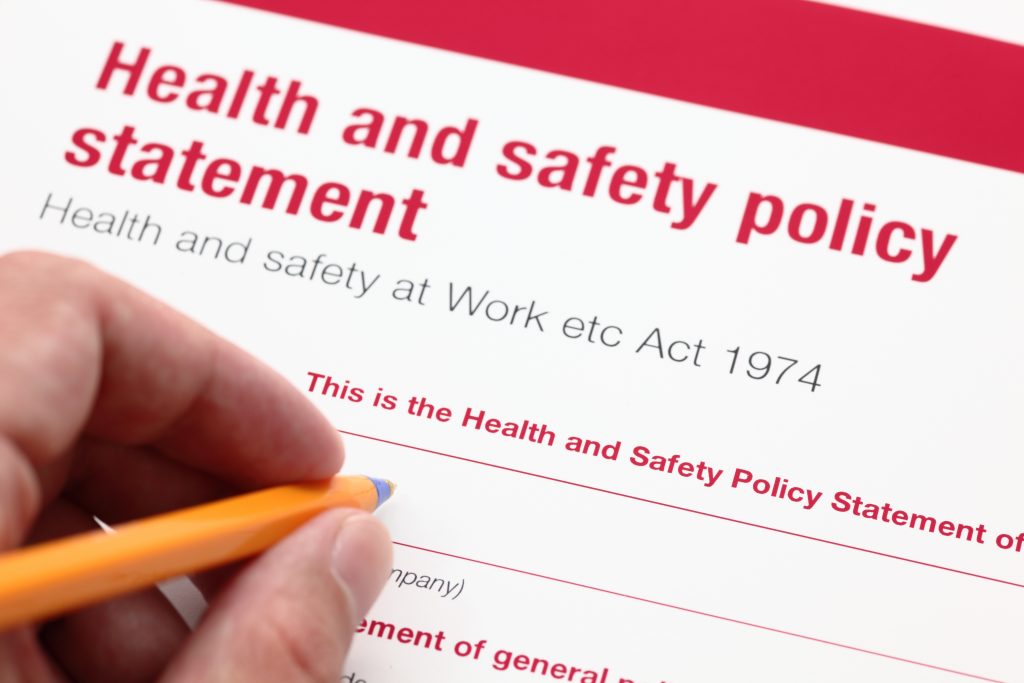
Establishing an Effective COVID-19 Prevention Program

Written by: Virginia McCormick, NES, Inc.

If wanting to reopen successfully, businesses across the country should be ready to implement a COVID-19 Prevention Program.
COVID-19 Prevention Programs: Essential for Reopening
As the country continues to struggle to reopen, many businesses are taking the opportunity to develop COVID-19 Prevention Programs for their workplaces. These programs will often address facial coverings, social distancing, sanitizations goals, and many other healthy workplace operations.
Developing a COVID-19 Prevention Program is essential to properly reopening a business and keeping employees and customers/clients safe. Without a clearly communicated program, employees may find themselves unaware of their responsibilities and the support they may have when facing a pandemic.
To adjust business operations in a way that will reduce the spread of COVID-19, many employers will be writing, adjusting, and implementing new policies. Employees should be kept up to date on company policies, like a COVID-19 Prevention Program, especially in a time when company policies regarding hygiene guidance and health screening are more important than ever.
Of course, prevention programs of any kind should be tailored to a business’s specific needs. A grocery store may need to focus more on sanitization, while a construction site might need to focus more on social distancing strategies.

While COVID-19 Prevention Programs are not yet required, businesses are still required to abide by OSHA’s General Duty Clause.
Facial Coverings
In late June, California mandated the use of face coverings in “high-risk” situations, including inside any indoor public space and when interacting in-person with any person at a workplace. California is only one of many states implementing facial covering regulations such as these in the wake of COVID-19.
Face coverings or face masks should be considered when developing any COVID-19 Prevention Program. Employees should be provided with cloth face covers, or employees should be encouraged to use their own face covers whenever employees may be in workplaces with other persons. Face coverings are not considered personal protective equipment (PPE), but combined with physical distancing of at least six feet, they may help prevent infected persons without symptoms from unknowingly spreading COVID-19.
To learn more about what makes a proper face mask, see the Centers for Disease Control and Prevention (CDC) website.
Social Distancing
Social distancing practices should be established in any workspace where they are feasible. Social or physical distancing involves maintaining at least six feet of distance between people and is an effective way to help reduce the risk of exposure to the coronavirus.
In workplaces where customers are present, mark six-foot distances with floor tape in areas where lines form, use drive-through windows or curbside pickup, and limit the number of customers allowed within the business at one time. Flexible worksites and work hours should be established, if feasible. Examples include telecommuting and staggered shifts.
Workspaces should be moved or repositioned to create more distance between employees, or plexiglass should be installed. Workers should also be encouraged via the COVID-19 Prevention Program to bring any health and safety concerns to their employer’s attention.

Designating 6-foot distances with signs, tape, or other means can allow for proper social distancing between employers, employees, and customers.
Sanitization
Shared workplaces, such as desks or cubicles, in general should be avoided. However, if these spaces cannot be avoided, they must be cleaned and disinfected before and after each use. When developing a COVID-19 Prevention Program, procedures should be established to routinely clean and sanitize commonly touched items, such as copy machines and doorknobs. The program should also address good handwashing hygiene and trash pick-up.
In general, employers and their employees should follow the CDC cleaning and disinfection recommendations. Employers should ensure their COVID-19 Prevention Programs touch on EPA-approved disinfectants and where those cleaning products can be found at the workplace. Skin and eye protections should be addressed in the program, as these protections help against potential splash hazards. The program should encourage anyone engaging with sanitization procedures to read and follow the label’s directions.
Additional Healthy Operations
In addition to social distancing, there are several additional business operations that should be established or modified to promote a healthy workplace. These go hand-in-hand with a COVID-19 Prevention Program, as many of these operations will help prevent exposure. A COVID-19 supervisor should be appointed so support employees and the development of these healthy operations.
Employees should be administered, or self-administer, health screenings on a daily basis. It is recommended that sick employees and those experiencing symptoms such as fever, shortness of breath, a persistent cough, or sudden loss of taste/smell be sent home immediately to self-quarantine. It is further recommended that the self-quarantine remain in effect until a COVID-19 test is obtained and the employee is cleared to return to work by a physician. Employees should be provided flexible sick leave, and returning employees must stay on top of monitoring any recurrence of symptoms.
In California, certain employers covered by the Aerosol Transmissible Diseases (ATD) Standard (California Code of Regulations, title 8, section 5199) must protect employees from airborne infectious diseases, such as COVID-19.

Healthy business operations, such as establishing flexible sick leave and communicating supportive policies, are essential for implementing an effective COVID-19 Prevention Program.
Telework options and other viable alternatives to public-facing duties must be communicated to employees, potentially through a COVID-19 Prevention Program. Supportive workplace policies will go a long way in slowing the spread of COVID-19.
NES and COVID-19 Prevention Programs
Employers should work with local and state health departments to ensure current guidelines are being followed. As the pandemic situation progresses and changes, employers must be aware that their current procedures and programs may need updating to keep up with current guidelines.
A COVID-19 Prevention Program is one of the best ways to start developing a safer way to reopen a business. Currently, implementing procedures for face coverings, social distancing, sanitization, and maintaining healthy operations are all great ways to define and develop a program. However, these are only a handful of items that need to be addressed in an effective prevention program. Employers must tailor their programs to their own specific needs. For this, NES can help.
As a leader in health and safety training, NES provides on-site and online services for a wide variety of industries. No matter what your operations, we can help provide training, fit testing, regulatory guidance, and many more services to protect your employees. For more information, check out the NES COVID-19 services page.
For more information on how we can help you manage the health and safety of your employees, please contact NES at 916-353-2360 / 1-800-NES-ADVISE (1-800-637-2384) or office@nesglobal.net.
References:
Cal/OSHA: Cal/OSHA Interim General Guidelines on Protecting Workers from COVID-19
California Department of Public Health: Guidance for the Use of Face Coverings
OSH Wiki: COVID-19: Guidance for the Workplace
CDC: Use of Cloth Face Coverings to Help Slow the Spread of COVID-19
EPA: List N: Disinfectants for Use Against SARS-CoV-2 (COVID-19)
